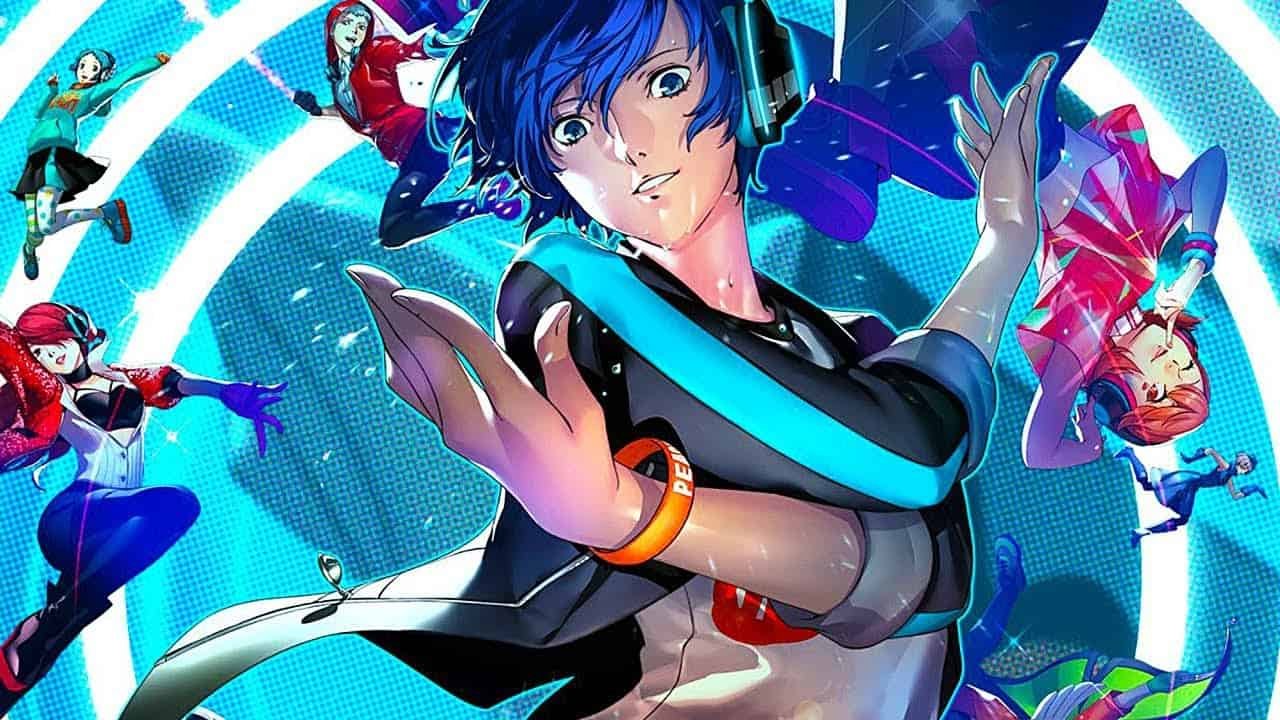Persona 3: Dancing in Moonlight is about as close to perfect as it could have been given the circumstances.
Pulling great songs from the original Persona 3, its remakes, and its spin-offs, it brings together an eclectic setlist for the ever-lovable cast to dance to and cheer each other on. It captures a celebratory fellowship centred on the bonds of its cast, even if it fails to give them the same substantial treatment the Persona 4 cast got in their equivalent spin-off.
Like its companion game, Persona 5: Dancing in Starlight, Moonlight begins with the members of S.E.E.S. waking up in Club Velvet—a dance club version of the Velvet Room—to partake in a night of dance. The entire game takes place in a collective dream the group is having, which is why, despite being set sometime during the original game, no one mentions their dancing detour. Unlike Persona 4: Dancing All Night, Moonlight lacks a proper story mode. My gut tells me this decision was probably made to circumvent the closing events of Persona 3 proper, which has been an albatross around the Persona spin-offs neck for years now, but it does mean that most of what happens in Moonlight is inconsequential. Dancing All Night’s story mode may have been contrived and convoluted, but it did offer its cast a chance to grow. Because the members of S.E.E.S. forget everything that happens in Moonlight, they’re denied any similar development. The story mode is replaced with social events for each character, which are full of banter, great voice acting, and an infinitely superior localization compared to Persona 5, but it’s hard to not feel the futility in every moment. Moonlight’s minimal story has its charms, but it’s fairly upfront about the fact that none of it matters. It’s freeing, but lacks the weight a Persona story usually brings along with it.
Because Moonlight is so transparent that nothing that happens matters, I instead took solace in getting more time with Persona 3’s wonderful cast and how expertly the game utilizes song and dance to capture each of their personalities. Akihiko Sanada brings his boxing skills and agility to his dancing style, Junpei Iori’s freestyle and hip-hop oriented approach was my favourite to watch, and Aigis is robotic but elegant in her own right. The distinct styles given to each character are accompanied by what it easily the Persona Dancing series’ best soundtrack. A few Persona 3 standards are in the mix, like the iconic “Mass Destruction” and “When the Moon’s Reaching Out Stars”, but Moonlight’s best songs come in the form of its stellar remixes. Some standouts for me were Junpei’s rendition of “Deep Mentality,” remixed by rapper Lotus Juice, and Novoiski’s remix of “Burn My Dread,” with Mitsuru Kirijo’s fierce performance accompanying it. Compared to Persona 5: Dancing in Starlight, S.E.E.S. has a larger variety of songs to choose from, with fewer repeated tracks in general. It kept the setlist from ever getting stale, and even now I’m going back through trying to get higher scores and better rankings. I love watching these characters dance and I love listening to them cheer each other on, but it’s the quality of the music that ties it all together in a way that Persona 5’s rhythm game can’t match.
The music and character make way for a challenging and addictive rhythm game that has a lot of heart to it and made living in it all the more rewarding for me as a Persona fan. The chaos of Dancing in Moonlight’s rhythmic logic and hearing the cast cheer me on as I learned to keep up made the more frustrating songs worth it, and every broken record and perfect ranking all the more worthwhile. Even Persona fans without rhythm game experience can find something to love here, and the game does a good job of easing you into the rhythm. Those who have played Persona 4: Dancing All Night will know what to expect, as there hasn’t been much in the way of additions, making both Dancing in Moonlight and Starlight feel like filling in a void rather than a sequel with improvements and new features.
That being said, of the three, Persona 3: Dancing in Moonlight is my favourite. Despite the disappointing lack of a story mode, Persona 3’s music stands out above the others in a series of already incredible soundtracks, and in comparison to its direct companion, it uses all the music it has at its disposal to create something varied and impassioned that captures the game’s characters and tone. It’s a delightful way to see these characters again, and I plan to spend a lot more time in their collective fever dream.







